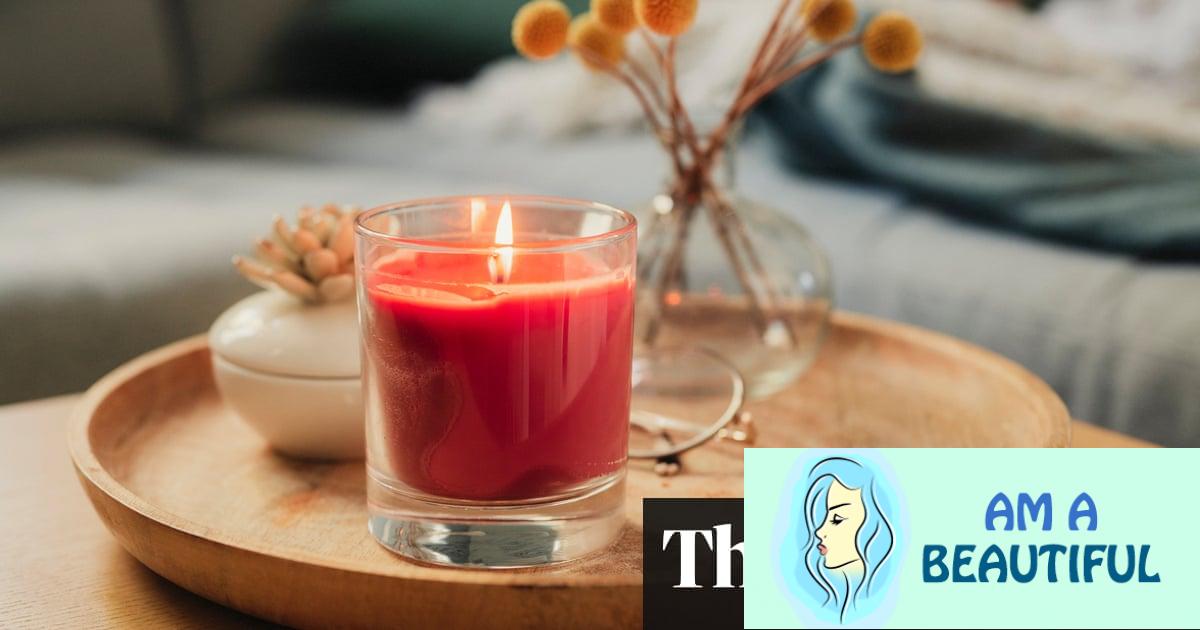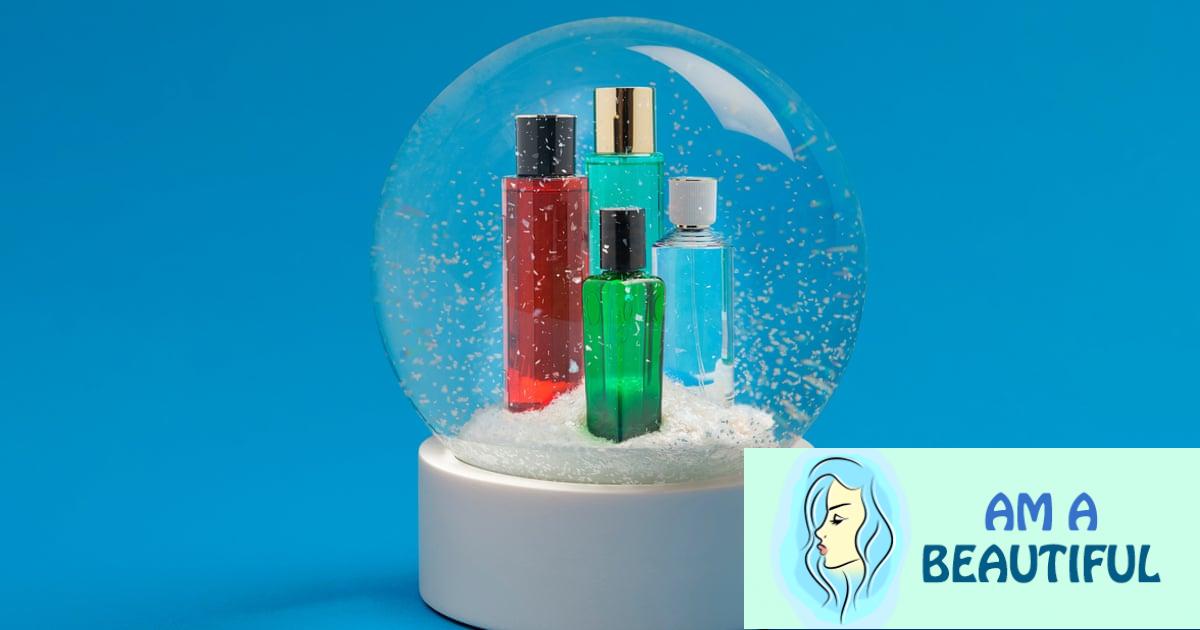As our gardens get ever smaller, I have become a firm believer in embracing multi-functional plants that don’t simply look beautiful, but taste great, too. The good news is that loads of the species we currently grow as ornamentals live secret double lives as everyday edibles in other parts of the world. Modern western civilisation being the only culture in history to enjoy the luxury of plants exclusively for their visual aesthetics alone, has forgotten that many can also taste good.
Monarda, the classic herbaceous perennial grown for its dazzling flowers, was used by many Native Americans to make a relaxing, medicinal tea. Its English common name, bergamot, derives from the fact that its leaves have a fragrance uncannily identical to the Italian citrus fruit of the same name used to scent Earl Grey tea. You don’t need many leaves to impart a homegrown version of that exotic citrus flavour and the plants produce so many that harvesting won’t damage their flowering ability. Use like you would mint leaves.
Similarly, there are the leaves of scented pelargoniums. To me, every bit as pretty as the more common bedding cultivars grown for their flowers alone, these also have wonderfully fragrant leaves that come in a diverse range of scents. There is classic rose and uplifting menthol, and quirky ones such as Cola Bottles and Old Spice, whose fragrances are amazingly similar to their namesakes. I like them muddled through cocktails or used to scent syrups for pouring over fruit salads. Perhaps the best way to use that syrup is as a twist on the lemon drizzle cake.
Eucalyptus might not be the first plant you think about when it comes to edibles, however, used like bay leaves, its leaves have a wonderfully unique herbal scent. They don’t add a harsh, mentholated, medicinal chest-rub flavour as you might expect, but something altogether more complex and measured. I once had it in the most spectacular crème brûlée as part of the Aussie bushtucker movement. They can also be used to scent custard tarts, crème caramels and ice-creams.
The many citrus cultivars can benefit from the same “bay leaf” treatment. In Britain we are becoming more familiar with Citrus hystrix, what I call Makrut limes, in Thai and Malaysian food. However, in Latin America the leaves of regular oranges and lemons are used in a similar way, with delicious results. A nifty way to get an alternative harvest from these houseplants if they are shy to fruit.
So, if you fancy growing your own and still want to have a beautiful patch to gaze at, with the right plant choice you can have your cake and eat it, too.
Follow James on Twitter @Botanygeek






Chic Glitter Beauty 🤠
I’m in love 😙